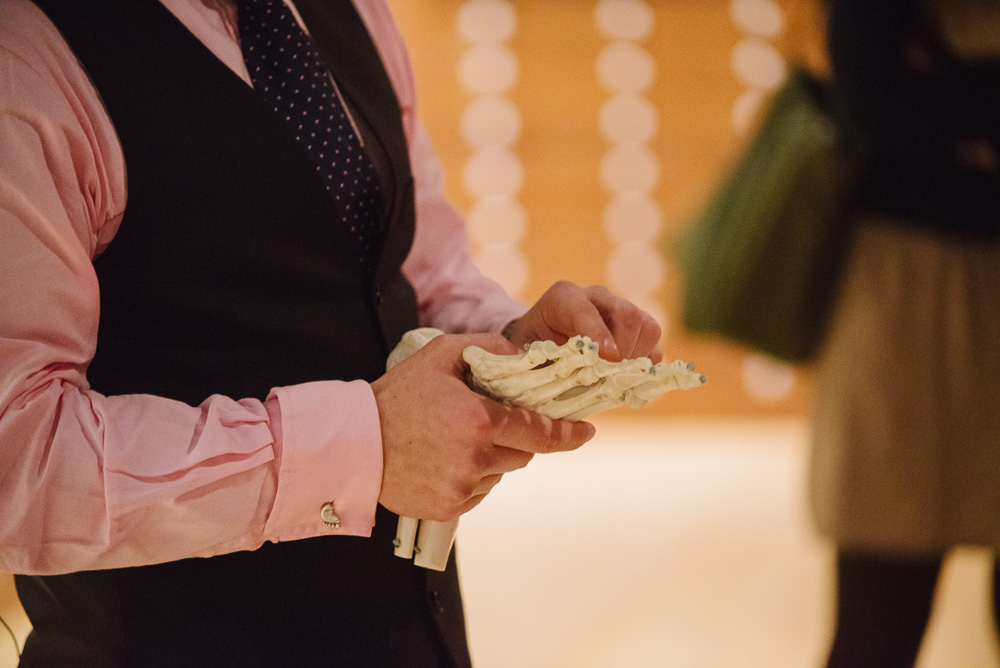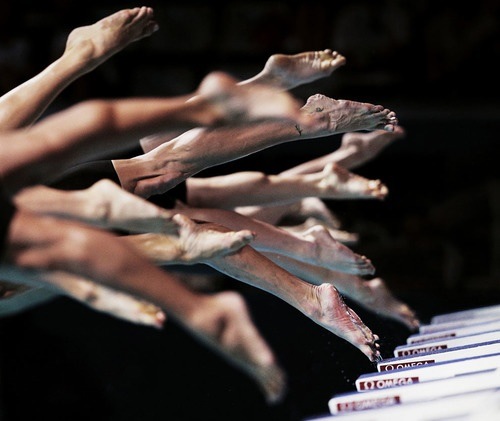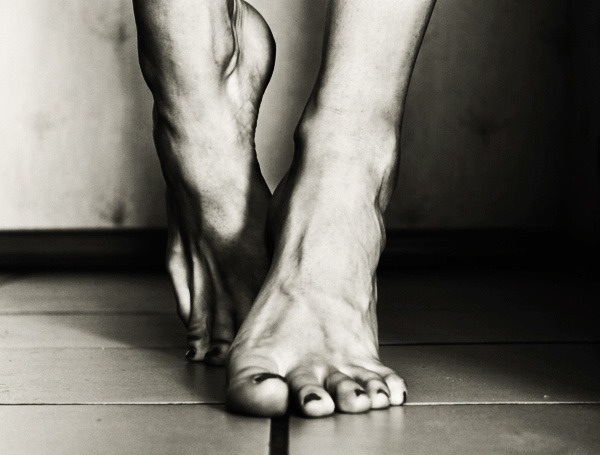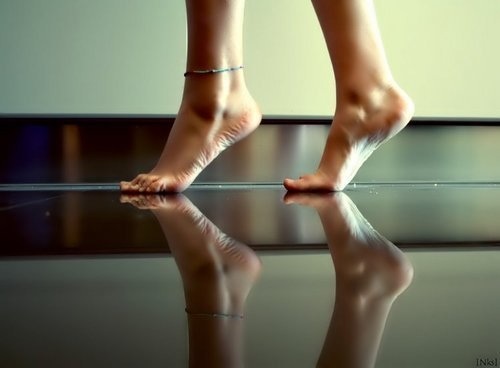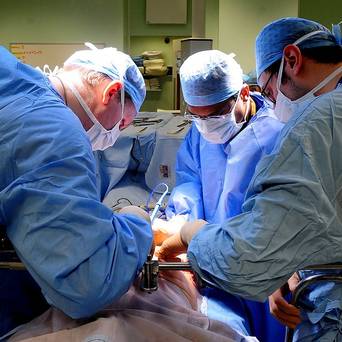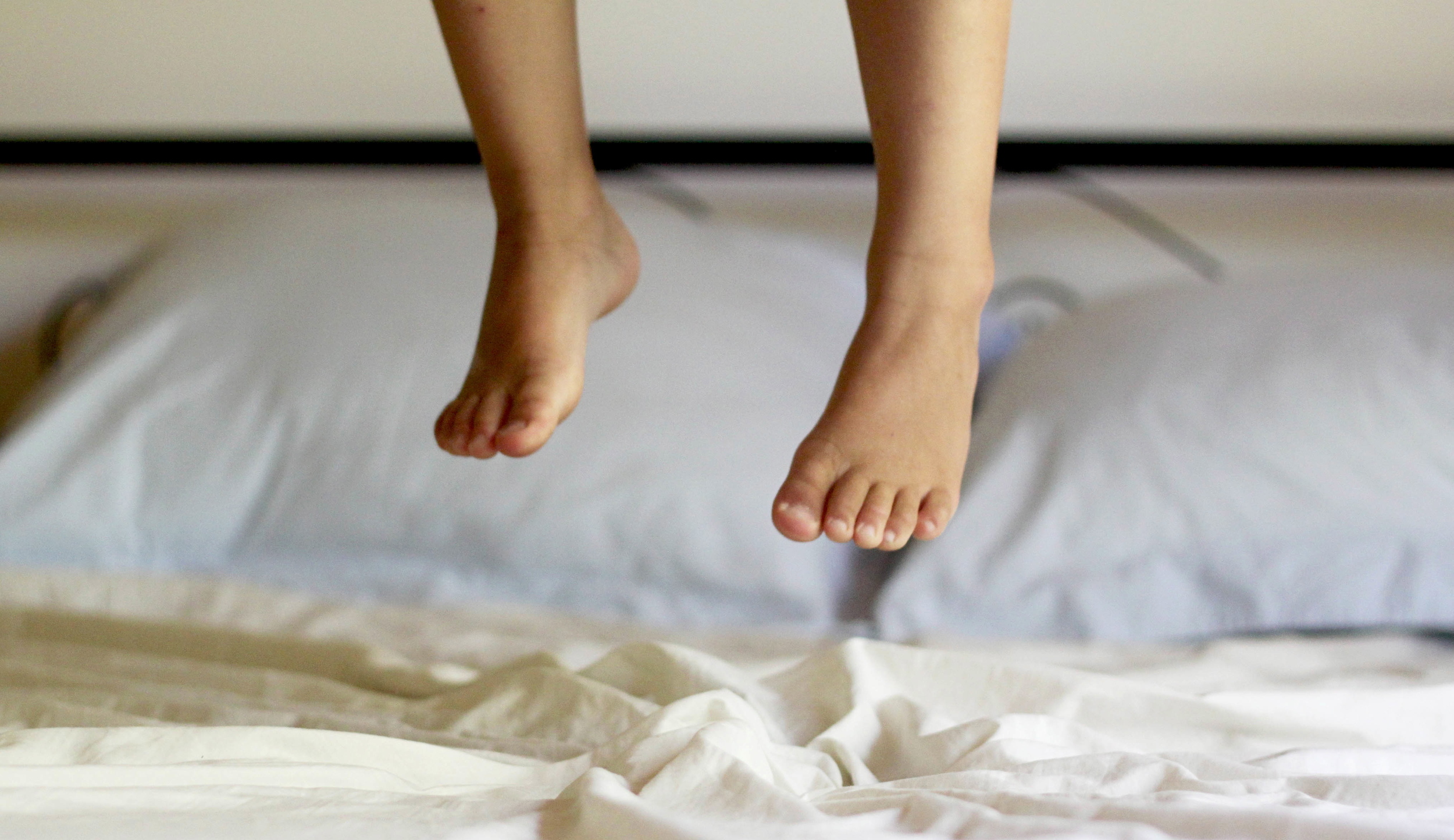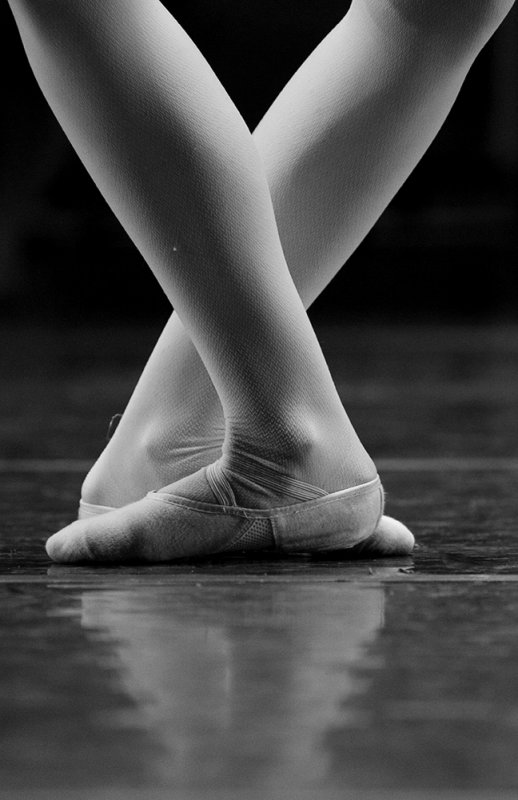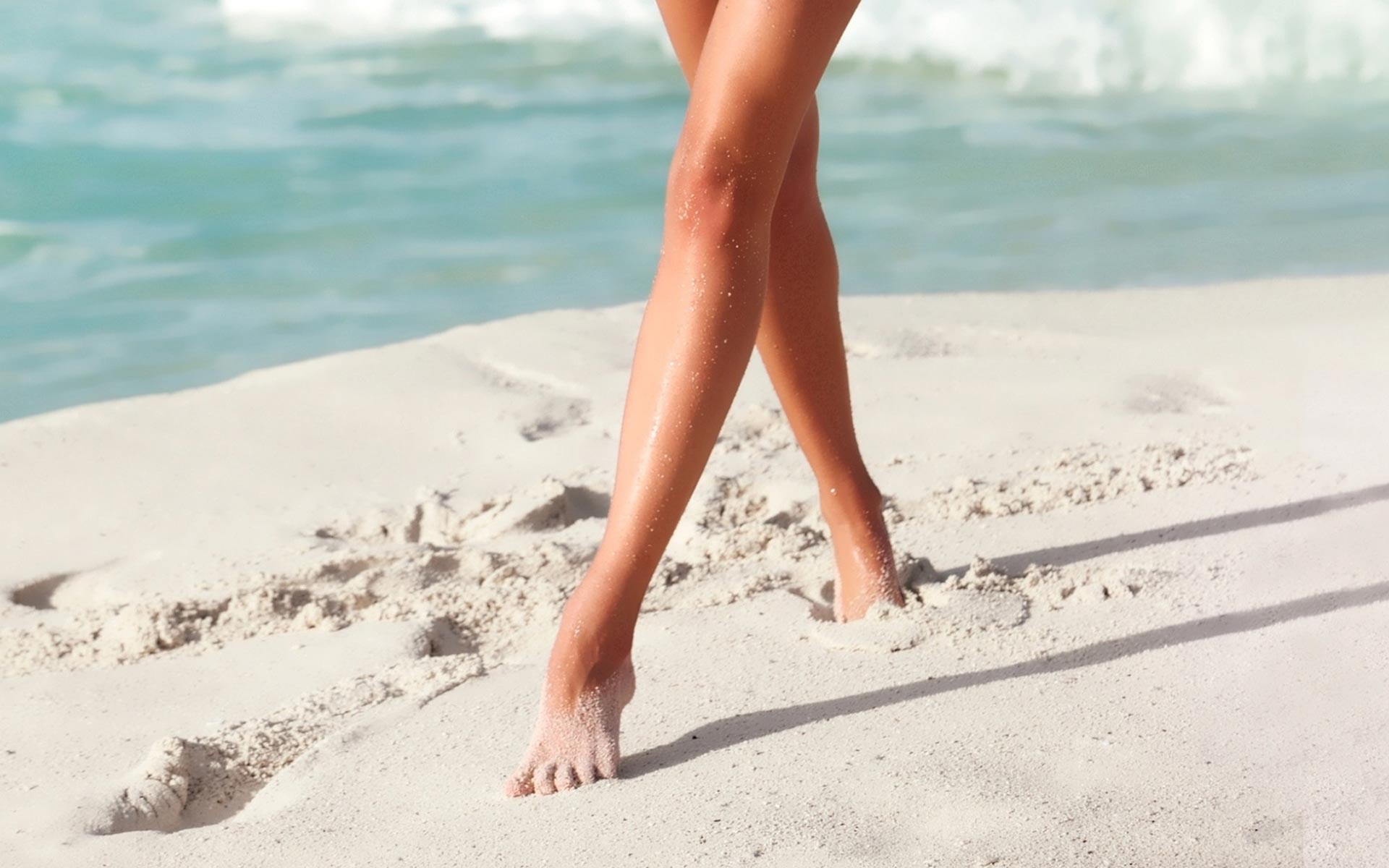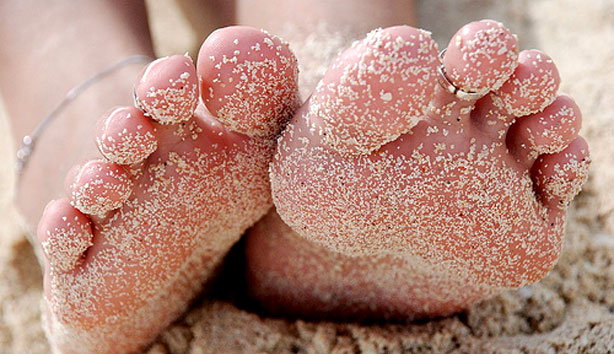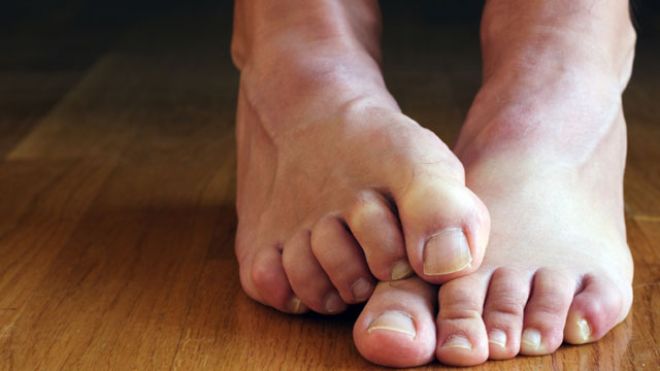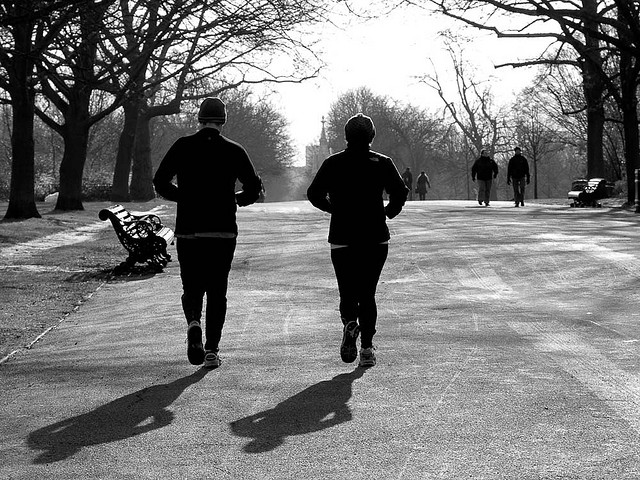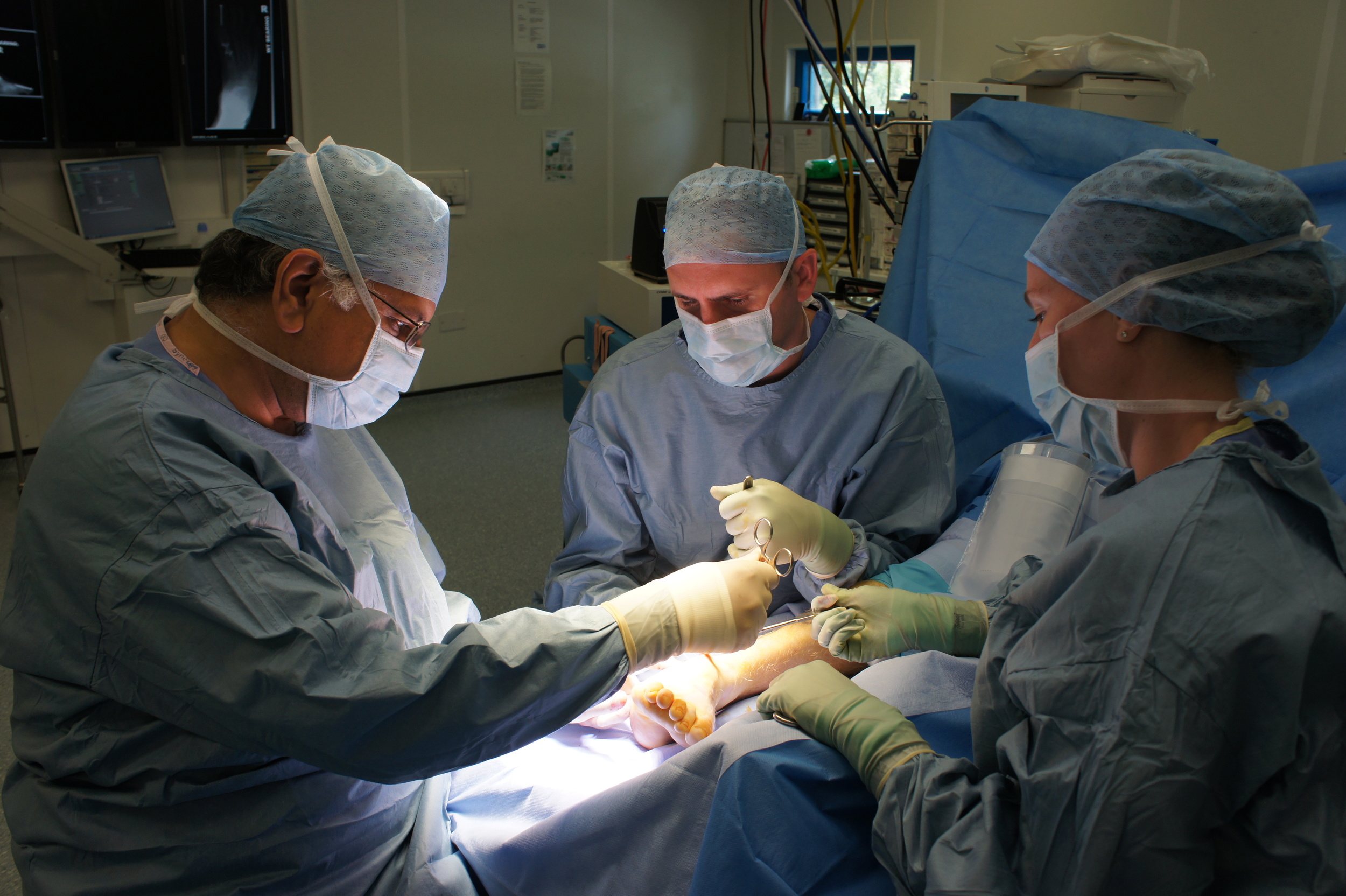This deformity shows lesser toes drifting towards the big toe.
Lesser toe deformities
LESSER TOE DEFORMITIES
Various names (claw toe, hammer toe, mallet toe, curly toe) are used to describe the deformed lesser toes (smaller toes); they often develop as a result of a bunion deformity but can also occur without a bunion. The 2nd toe is most commonly affected. Painful callosities cause pain, difficulty finding shoes and difficulty walking. With time, a flexible deformed toe may become a stiff deformed toe.
The metatarsophalangeal joints at the base of the toes may become inflamed and may displace - leading to problems with pain under the metatarsal heads in the ball of the foot.
The diagram below illustrates the normal toe and abnormal lesser toe.
COMMON CAUSES OF BUNIONS & LESSER TOE DEFORMITIES
It is not entirely certain what causes a bunion and or lesser toe deformities to develop. However, they may be inherited, or may be acquired due to muscles imbalance. Inappropriate footwear is not usually the cause of the deformity but may contribute in susceptible individuals. Tight shoes do however cause pain and redness over prominent bony areas. Generalised ligamentous laxity, abnormal foot mechanics and tight Achilles tendons may also contribute.
TREATMENT OF BUNIONS & LESSER TOE DEFORMITIES
Assessment – medical evaluation will determine the type of treatment that will be most appropriate for you. Osteoarthritis and rheumatoid arthritis, along with infection and or gout can all cause pain in the big toe and forefoot. Circulatory conditions or diabetes may also be present. These conditions may have an impact on the method of treatment that your surgeon provides.
Non Surgical – small changes in mild bunions and lesser toe deformities are best treated with modified footwear. It is possible to manage conditions affecting the forefoot by adapting your footwear and wearing shoes with a wide front and a deep toe box. Some bunions may be the result of collapsed arches. This may be resolved by providing you with arch supports. Callosities that develop under the big toe and or lesser toe(s) may become large and uncomfortable. These can be shaved down. Pads made of silicone and other materials can be used to cushion prominent or tender areas. Corns on the lesser toes can be protected using foam tubing, or the tips of the toe(s) can be elevated with the use of soft splints.
Surgery should only be considered if ALL non surgical measures have been explored AND if symptoms are significant. Bunion and or Lesser Toe surgery is NOT a cosmetic procedure and you must be aware that you may be swapping a deformed PAINLESS foot for a PAINFUL cosmetically pleasing foot.
Be sociable..share!






